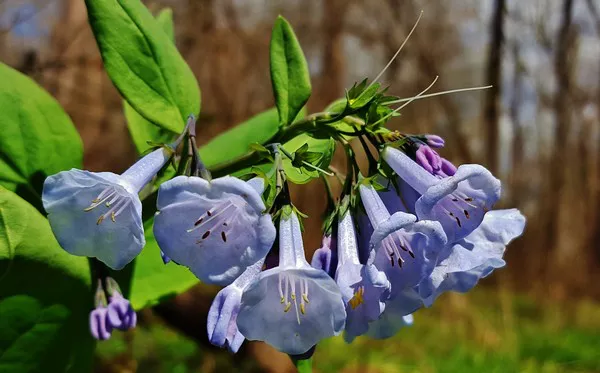A recent study from North Carolina State University reveals a misalignment between consumer preferences and traditional florist designs when it comes to floral arrangements. The research indicates that while specific flower species hold significance for consumers, they also prioritize the overall symmetry of arrangements and the use of certain colors. Notably, consumers expressed a strong preference for roses, being willing to pay more for arrangements featuring them, while showing little interest in chrysanthemums.
Vanessa Woods, a doctoral student in horticultural science at NC State and co-author of the study, emphasizes the lack of research on consumer preferences in floral arrangements, considering it an art form within the horticulture industry. The study involved over 120 participants and employed eye-tracking technology to analyze elements of floral design theory, including line, symmetry, and color.
Results indicated that consumers placed more importance on flower species than on design theory elements. Roses, in particular, were highly valued, leading consumers to perceive arrangements with roses as more expensive and prompting them to spend more time examining such compositions. Symmetry was preferred over asymmetry, and consumers showed reluctance toward arrangements with a single flower color, favoring similar or harmonious colors.
While the study provides insights into general consumer preferences, Melinda Knuth, an assistant professor of horticultural science at NC State, notes that there is still room for creativity and individual preferences in floristry. The findings offer a foundation for understanding consumer preferences and can contribute to the floral industry’s ability to thrive by considering niche preferences and allowing for creative variations in floral arrangements.


